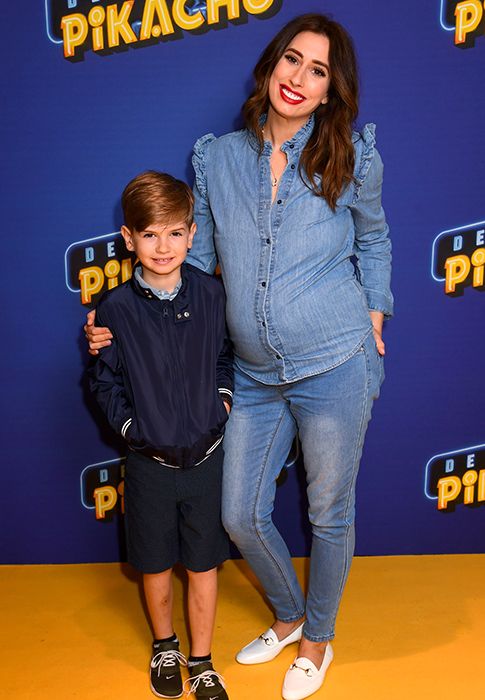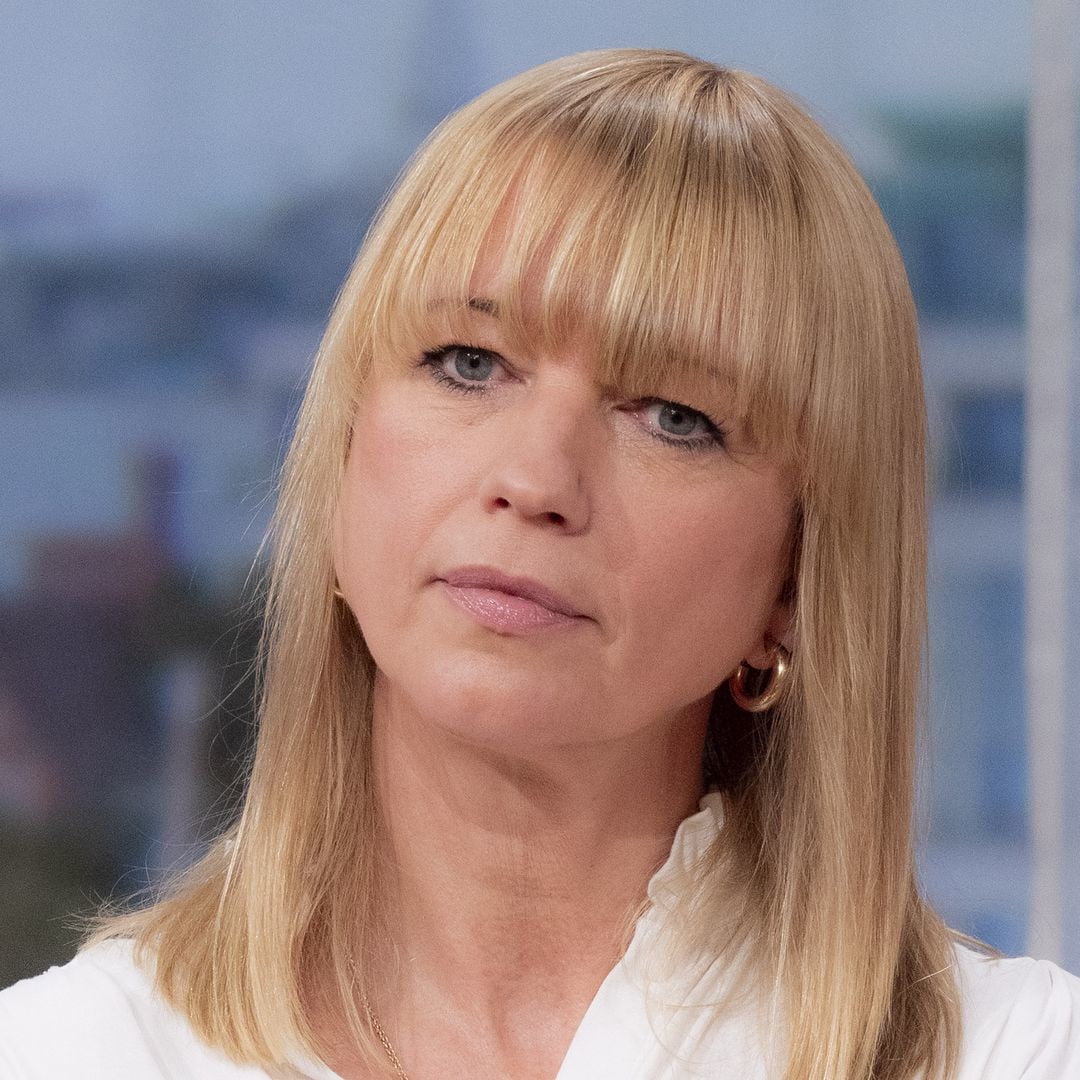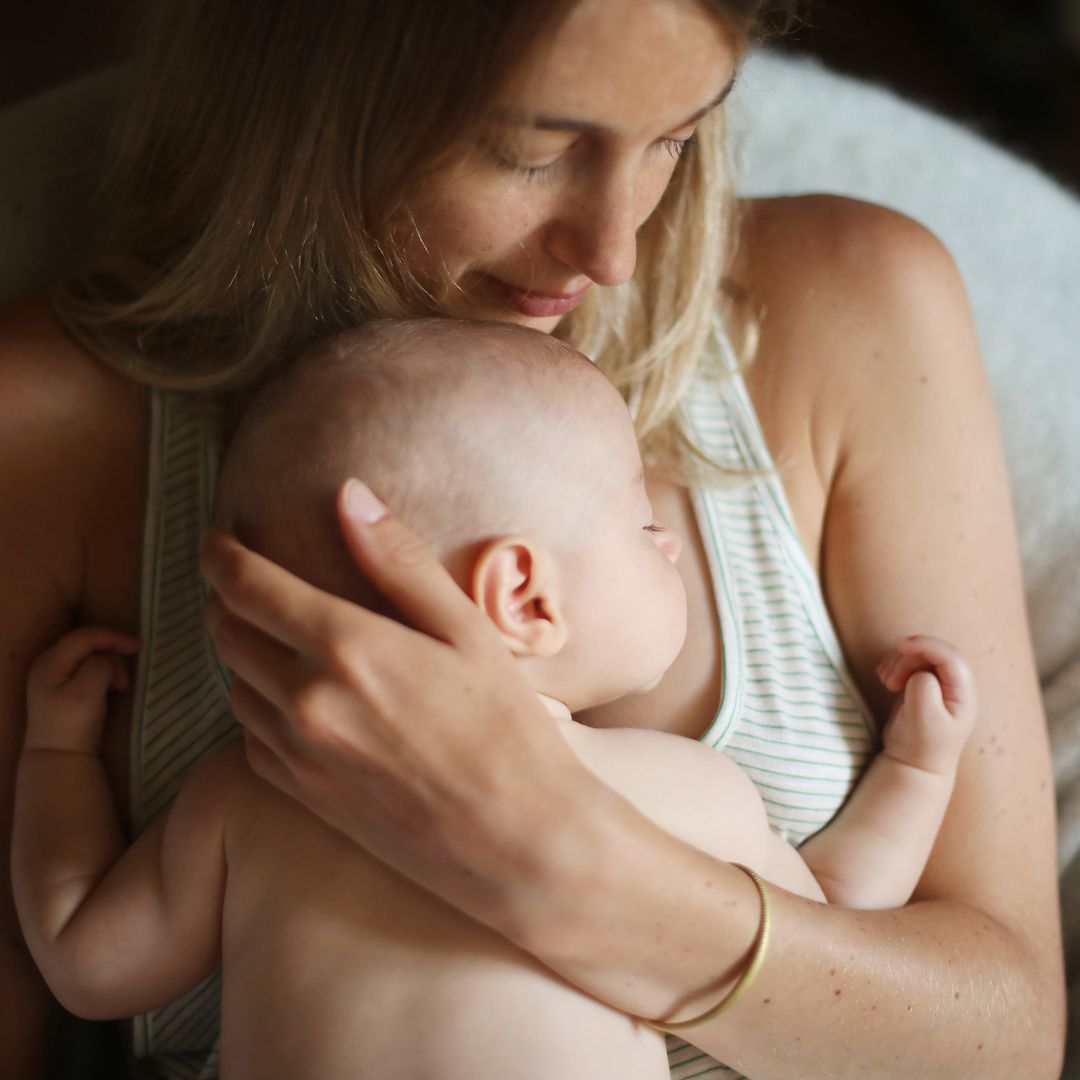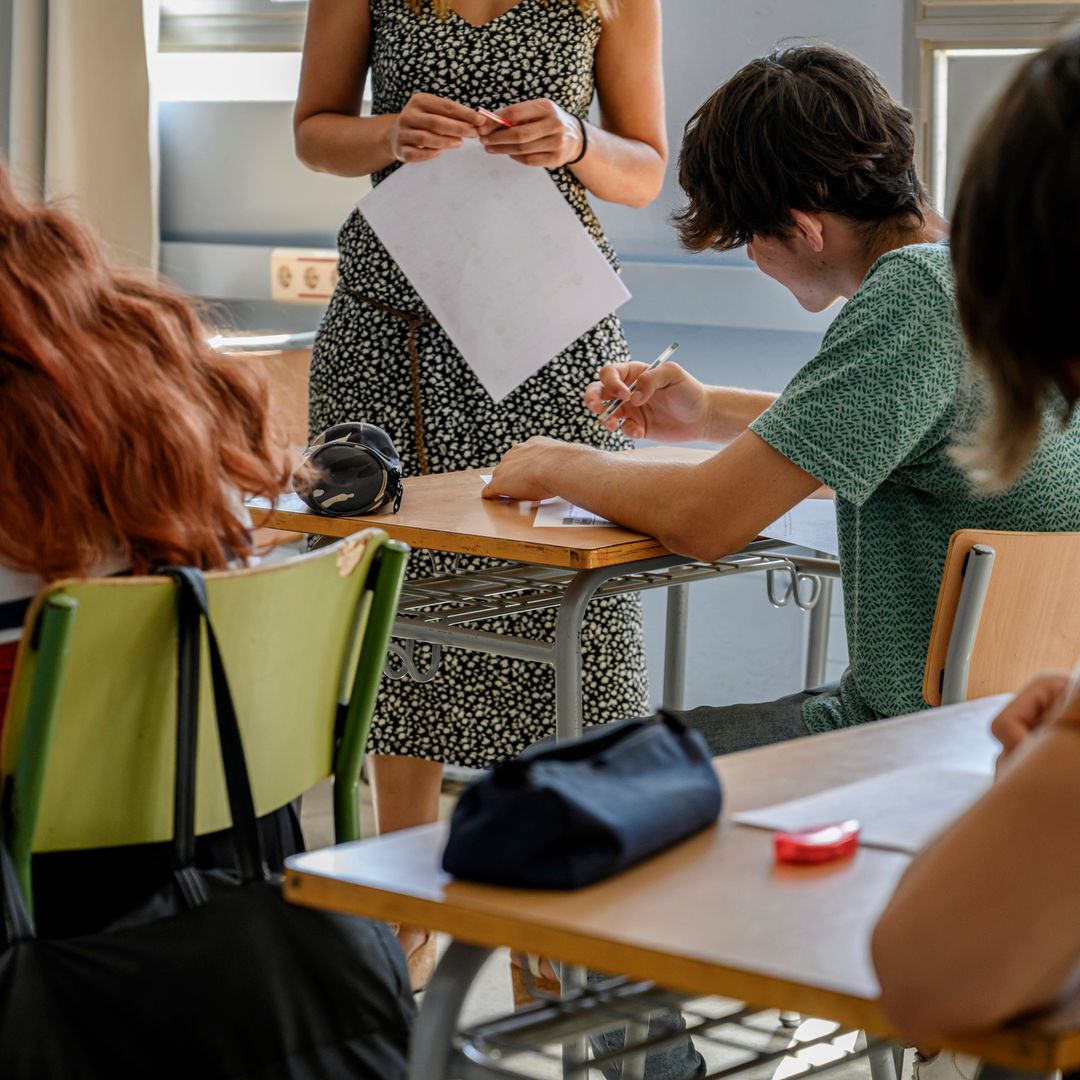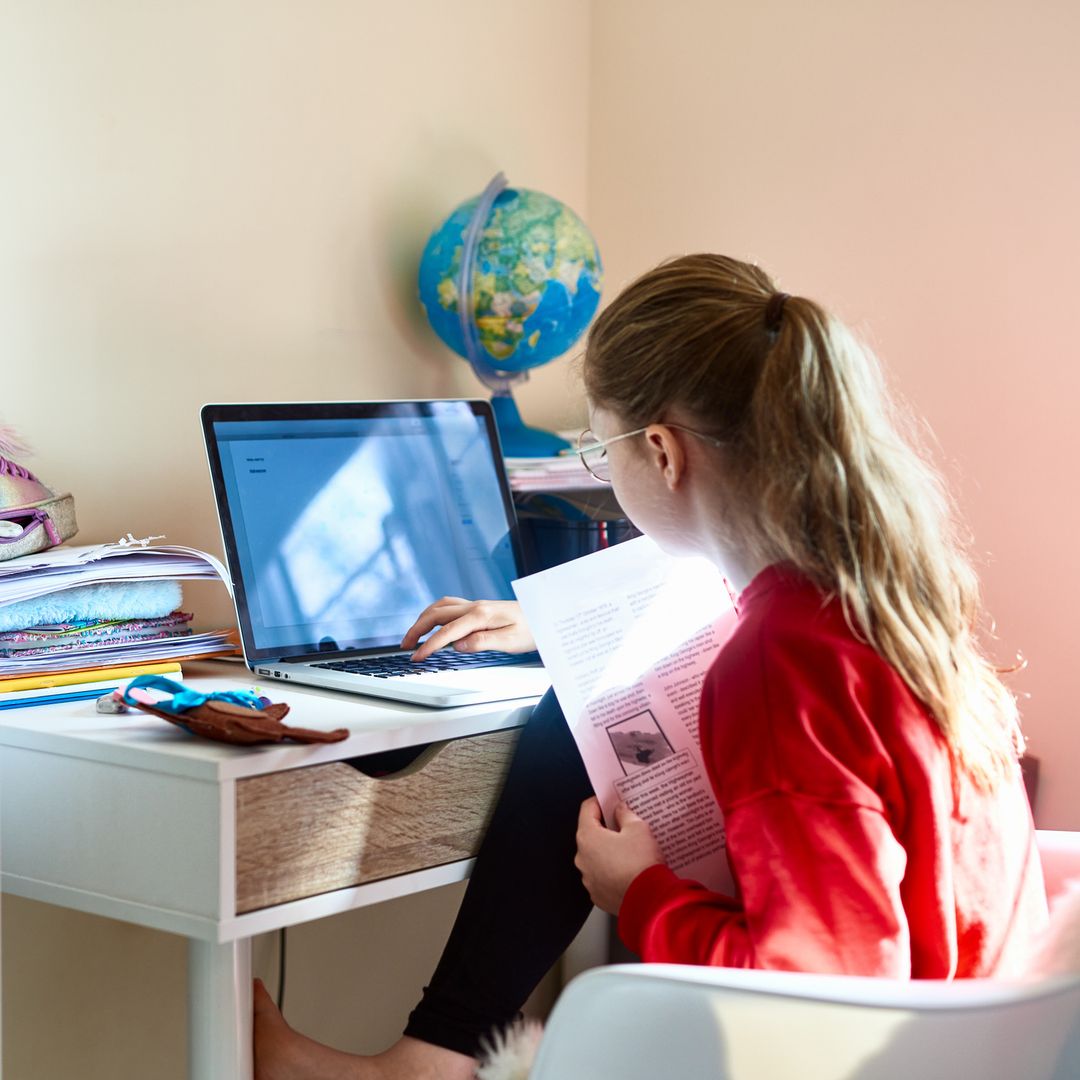Almost a year on from the start of the COVID-19 pandemic, secondary schools and primary school in high-risk areas are closing once again, meaning parents are back to homeschooling their children and teenagers.
While this news may result in the bulk ordering of Chardonnay and Maltesers, there are benefits to educating your children at home – from spending more time together to being actively involved in their education.
Here we reveal five celebrity mums who have homeschooled their children, plus some helpful teaching tips from Alex Dyer, CEO and founder of UK tutoring platform Tutor House.
MORE: Celebrities share their hilarious homeschool photos – and we can all relate
WATCH: Holly Willoughby shares her homeschooling advice
Stacey Solomon
Stacey and her son Leighton
Loose Woman panellist Stacey is a big fan of home education, having taught her sons Zachary and Leighton herself.
In 2019, her eldest, Zachary, left home-schooling to start secondary school and mum Stacey shared an emotional post on her Instagram page. "I've had the most amazing two years with you. Home education has been all that I imagined and so much more. It wasn’t always easy but it was always rewarding."
MORE: The Queen's homeschool education revealed – find out which subjects she studied
Samantha Womack
Samantha homeschools her daughter Lily
Former EastEnders actress Samantha has previously opened up about her decision to take her teenage daughter, Lily, out of school.
The star confessed she wasn't impressed that she wasn't able to take her children out of school during term time as travelling and experiencing other cultures "was just as important" as learning other subjects.
Speaking on This Morning, she said: "Children are creative little human beings and sometimes travelling to other countries for families that couldn't afford to travel any other way is just as important as algebra."
Nadia Sawalha
Nadia with daughters Maddie and Kiki-Bee
Mum-of-two Nadia opened up about her decision to homeschool her daughters back in 2017, claiming they are "excelling" since leaving their private school education.
The Loose Women star confessed she took Maddie and Kiki-Bee out of mainstream school after realising her youngest daughter was struggling to cope with the academic pressure.
Nadia told HELLO!: "They struggled in class and really thought they wouldn't excel in anything. But ever since I took them out of school two years ago, they've become more confident and passionate and are brimming with enthusiasm to learn."
She added: "Kiki wants to be an animator while Maddie has ambitions to act or become the first female director of a big-budget action movie. The world really is their oyster. We only have to look at our girls' progress to know we made the right decision."
MORE: Nadia Sawalha's top tips for home-schooling children and teens
Jada Pinkett Smith
Jada with husband Will and their children Trey, Willow and Jaden
Jada and movie star husband Will Smith started homeschooling their children Jaden and Willow back in 2003 and are big fans of the educational approach.
Speaking on Live with Regis and Kelly, Will said: "We found about eight or nine other parents that home-school, so we put the children together. There are just very powerful educational concepts that we believe in, and we feel like we want to design the system that revolutionizes public education."
Jennifer Lopez
Jennifer with her children Max and Emme
JLo is another supporter of homeschooling, having educated her twins Max and Emme in the home setting.
In an interview with Fox 5 New York’s Rosanna Scotto, Jennifer said: "Everybody’s like, ‘You should have them in school, they need friends.’ It drives me – it can drive you crazy.”
The singer added: "They are super happy, well-adjusted, loving, caring kids, and that’s the most important thing." Her children later did go to a mainstream school in Miami.
10 tips on how to home school from Alex Dyer of Tutor House…
1) Let them blow off steam first
We know that it may seem difficult to get children focused at home, especially at the beginning with all of the initial ‘school’s out excitement’, so maybe let your children have a couple of days to blow off steam.
2) Set up a workspace
Once you are ready, we find setting up a dedicated area in the house, away from distractions (in particular mobile phones, tablets and TVs) with good natural daylight is key to sustaining focus.
3) Create a planner, set goals and reward the small victories
This doesn’t have to be a rigid timetable but set up a structure with daily goals to achieve, giving children something to aim for and reward them when the goals are reached to keep them motivated. It will be beneficial to try and mimic the child’s school day as much as possible. For example, breakfast at 8am, first home lesson at 9am, lunch at 1pm, with finishing off the learning day at 3pm.
4) Don’t forget break time
Breaks are just as important as study periods for resetting focus, keeping kids happy and grownups sane. Aim for a 15-minute ‘snack’ break mid-morning, and a good 45 minute to an hour lunch break in the afternoon.
5) Try to get some fresh air
Even if it’s just a quick break in the garden or a walk around the block. Make sure to spend time outside each day as it’s great for everyone’s health, and don’t forget, children often go outside at school at some point normally, so try and keep this consistent when homeschooling.
6) Mix up the activities
Maintaining a balanced diet and regular breaks out in the fresh air will also do wonders, as will mixing it up a bit. Different activities such as puzzles and board games will still stimulate them mentally, but won’t feel like work.
7) Designate learning hours appropriately
For older children who are studying for their GCSEs and A levels, it would be ideal for them to try to replicate hours they do at school. With them being older, they should be able to work more independently meaning that you can focus more time on younger children. There may be less pressure for younger children, but it is still essential to keep them engaged, mix up a few hours of normal schoolwork with other educational activities such as reading or puzzles.
8) Use online resources
BBC Bitesize is a brilliant resource that is beneficial to children of all ages. It covers everything from primary education to A level studies and has interactive games, quizzes and all the information needed for each subject and syllabus in the UK. Other good sites include MyMaths (a maths focused homework subscription site) and Quizlet (a platform that allows students to study via learning tools and games).
9) Sleep is still important
We’d recommend sticking to normal bedtimes, however without the stress of getting out the door in the morning, kids and parents could both take the opportunity to sleep in a little longer.
10) Adapt the day to suit siblings
Setting up a rough plan and a structure is a great way for parents to look ahead and see what parts of the day siblings can possibly work together as a group, or would be better off working independently. It may be better to let older children have their own space, maybe in another room while you focus on younger children that might need more attention. This will also ensure they don’t distract each other, as in most cases siblings won’t spend their school day together.
It will be a balance between keeping everyone focused and keeping everyone happy, but don’t worry, this is a learning experience for everyone and it may take a while to get used to. A great way to also free up your own time is to get older children to help with younger children, consolidating their own learning whilst giving you a break. Don’t forget to ask for help either, you can always seek advice from a tutor or peers in similar positions.”

